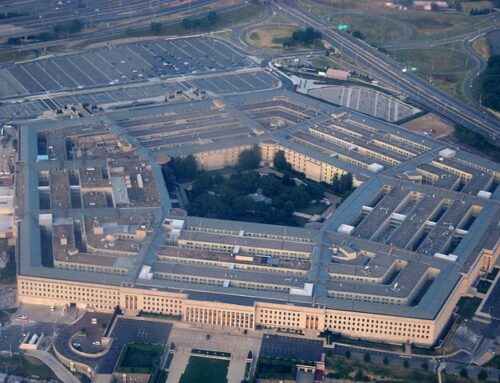GAO Report: F-22 Development and Testing Delays Indicate Need for Limit on Low-Rate Production
An aircraft that has been touted as the key to continued United States domination of the skies is joining the infamous B-2 bomber and V-22 Osprey as one of the worst taxpayer funded acquisition programs in history.
The F-22 program is perhaps the best example of what’s wrong with the Department of Defense’s current development system. The program is consistently over budget and behind schedule leading to incomplete and inadequate testing. Efforts by members of Congress to get the program under control have been undercut by defense contractors and by the Air Force itself.
The fighter's original testing schedule called for 1,970 hours of flight-testing for the F-22 avionics package – the complicated electronics system providing pilots with better situational awareness. By December 2000, when the Air Force wanted to make a production decision, only two hours had actually been completed, according to the U.S. General Accounting Office.
The Air Force planned in 1998 to have completed 2,000 flight hours by December 2000. That figure was revised to 1,400 hours in 1999. Only 325 of last year's planned 590 hours were completed, bringing actual flight hours for the test aircraft to only 831 hours. At least 78 percent of the 3,757 planned test flight hours expected by August of 2002 remain uncompleted. Yet the Air Force would commit today more than $63 billion taxpayer dollars to this inadequately tested aircraft.
Representative Jerry Lewis (R-CA), chair of the Defense Appropriations Subcommittee, took a stand last year against the lack of testing, schedule slips
and cost increases of the F-22 program. With the agreement of the ranking committee member, Rep. John Murtha (D-PA), Lewis eliminated some money that was to be used to purchase completed aircrafts, known as procurement funds, from the F-22 program in last year's defense appropriations
bill.
After lobbying by Lockheed Martin and the Air Force, Rep. Lewis agreed to return the money with the assurance that no procurement funds would be used to complete development of the aircraft and that 11 testing requirements would be met by last December. But the Pentagon failed to complete the testing requirements on time and have already forced Congress to divert money from procurement into development on two occasions.
Too often, testing requirements are the first corner to be cut when a system is beset by cost overruns. Service members whose lives are on the line and taxpayers whose money is wasted on costly systems that don’t perform pay the price for inadequate testing.
Taxpayers and our military deserve better.











Get Social